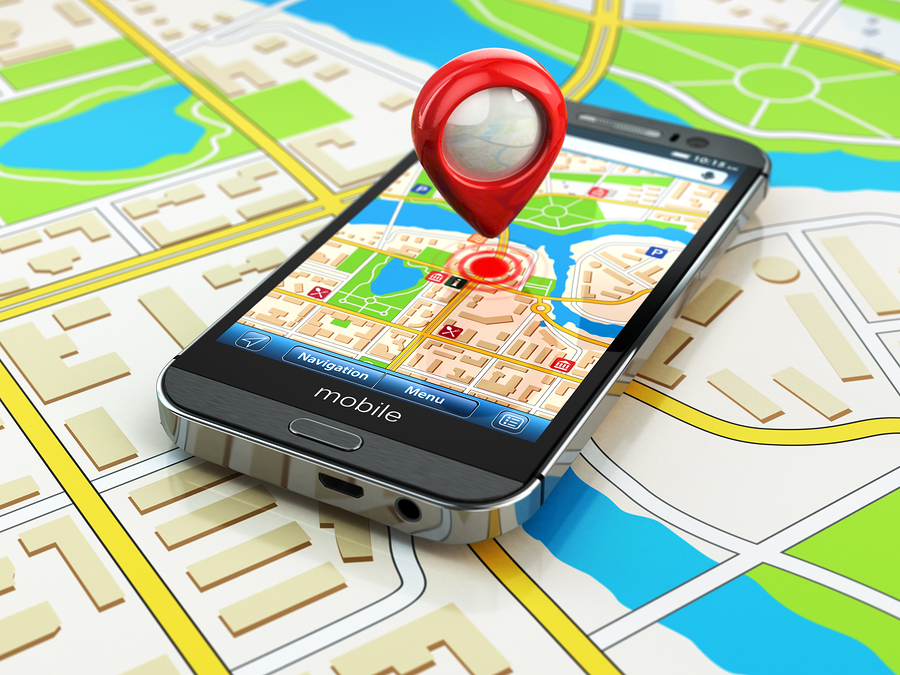By Bill Holton, AccessWorld Correspondent
As someone with a visual impairment, you have doubtless received, or are about to receive, mobility training to help you learn how to find your way around your neighborhood or city using a cane or guide dog. These are skills you will need to learn and practice if you wish to return to independent living. If you are still working, you may need to take a bus or subway to get to work. Even if you use paratransit services for transportation, you will need to get around at the office, and find elevators meeting rooms, and the like.
If you are retired you will benefit enormously from mobility training. Perhaps you'd like to visit a friend, while away an hour or two at your favorite diner or coffee shop, or take a quick trip to the corner store. Walking is one of the best forms of exercise, and while treadmills have their place, they simply cannot compete with the fresh air and change of scenery a good walk can provide.
Mobility training can teach you a great deal about traveling independently, safely crossing busy intersections, riding a bus, and locating doorways. A mobility instructor can help you practice getting to and from your workplace, your house of worship, the local grocery store, and other places you visit regularly. Eventually, however, you are going to want to go somewhere new, someplace you have never been before. Perhaps you want to buy your spouse a surprise gift. Maybe you need to pick up some cash from the nearest ATM, or you might simply be intrigued by the sounds of people having fun on the other side of an open doorway you pass on your way home from work and wonder, “Is that a new restaurant? What kind of food do they serve?
An GPS device that is accessible to people with visual impairments can answer these questions and more. Using one will enable you to know what businesses, bus stops, and intersections are nearby as you walk or ride a bus. A GPS can give you turn-by-turn directions to the nearest coffee shop, shoe store, or burger joint, and can increase your confidence and independence when out and about.
You have probably seen, or maybe even tried, the onboard navigation system found in many cars, or perhaps you've used a standalone GPS device from TomTom, Navigon, or another manufacturer. Though you've likely heard these devices announce audible directions such as “Make a left turn,” or “drive 10 miles straight ahead," most stand-alone GPS navigation systems are not truly accessible for people with visual impairments or blindness. Often it is not possible to accessibly enter a destination into the device, preview your route, or hear the names of nearby businesses, medical facilities, or other points of interest.
There is at least one standalone GPS navigation device designed specifically for sight-impaired users: the Trekker Breeze Handheld Talking GPS from HumanWare. Many accessible notetakers, such as the HIMS Braille Sense and Voice Sense, also come with optional GPS navigation. One of these options may be a good choice for you, but if you are already using an Android or iOS smartphone, you may not need an additional device for navigation. Believe it or not, your smartphone can actually do a better job guiding you and describing your environs than a stand-alone GPS device. Here’s why.
The Global Positioning Satellite (GPS) network uses a web of satellites to calculate a given position. When determining your position, your GPS device sensor receives a time-stamped signal from multiple satellites, and uses the difference between these times to triangulate and then calculate your position. A stand-alone device usually uses GPS exclusively to calculate your position. A smartphone GPS receiver can also use the known locations of phone cell towers and regularly updated maps of Wi-Fi radio hotspots to improve accuracy.
Stand-alone GPS devices usually have map and points of interest (POI) data preloaded onto the device. Updates to this data can be infrequent, at best, and can also require complex downloads and file transfers. New streets may not show up at all, while defunct businesses may remain in the device’s memory long after the establishment has closed or changed names. Smartphone GPS map and POI data is updated much more frequently, and usually with little user intervention.
Navigon and TomTom both offer mobile apps that perform similarly to their standalone portable units. Both are accessible, but as you will discover later in this guide, if you are going to spend money on a GPS navigation app, you may prefer one of the “blindness aware” apps we will describe. Also, most of the features they offer can now be had for free on any mobile phone running either Google Android or Apple iOS.
These mobile GPS platforms are discussed in the next section, which assumes that you have a working knowledge of how to accessibly operate a smartphone using either the Apple VoiceOver or Google Talkback touch screen reader. If not, we encourage you to check out our Guide on Cell Phones, Tablets, and Other Mobile Technology for Users with Visual Impairments.
The GPS market for people who are visually impaired will continue to grow as more and more technologies become available. Be sure to subscribe to AFB AccessWorld to keep up with the newest in indoor and outdoor navigation.
